Multivariate Visualization of Importance-Varying Data
NSF CAREER Grant:9996043
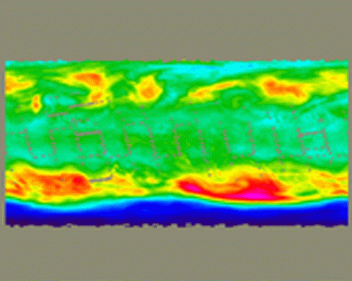
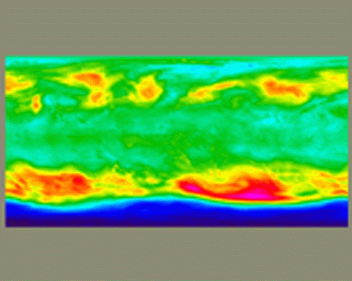
In many applications, information about the certainty of values is available or can
be calculated from available information. In such situations, displaying the certainty
information along with the variable values could greatly improve the usefulness of a
visualization. Obviously, when visualizations are used to guide decision-making,
values with lower certainty should not be given weight equal to more certain values.
On the other hand, only displaying values with high certainty would be less informative,
since uncertain values can provide valuable indications of broad patterns -- even when it
would be unwise to draw conclusions about values at specific locations. In this way,
uncertain values can provide the global context while highly certain values provide the
fine detail. Multivariate visualization which incorporate certainty information can convey
more available information, while giving each piece of information a visual weight
corresponding to its certainty. The problem of incorporating certainty information
into a visualization can be generalized to include other related data attributes.
These include expected or calculated error, fuzzy classifications, high-dimensional
fit, constraint satisfaction, sampling or modeling resolution, agreement among multiple
measures, and relevance or interest, resulting in the category of importance-varying data.

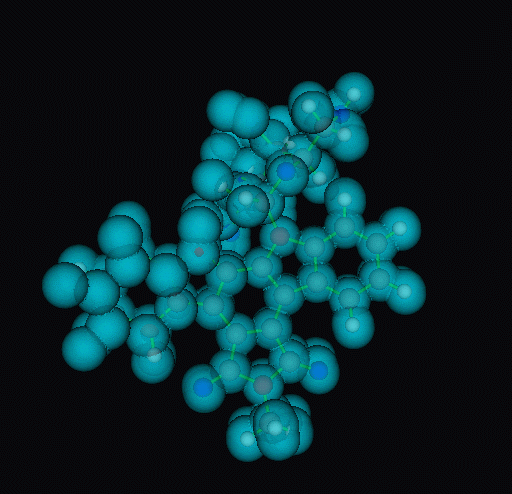
This project investigates techniques for the display of
importance-varying data in both two- and three-dimensional data domains.
The approach to this problem emphasizes consideration of the
perceptual characteristics of human viewers, dymanically manipulate
display environments to increase the number of variables that can be
clearly displayed, and experimental validation of the techniques
developed. Portions of the project are conducted in collaboration
with researchers in application fields such as meteorological monitoring,
medical imaging, and public health decision-making. Specific project
objectives include construction of a survey of existing importance
visualization techniques, development of new techniques to represent
importance-varying data, comparison and validation of techniques
identified or developed, constructing of a dynamic environment for
the exploration of importance-varying data, and development and
dissemination of perceptual principles for effective multivariate
display.

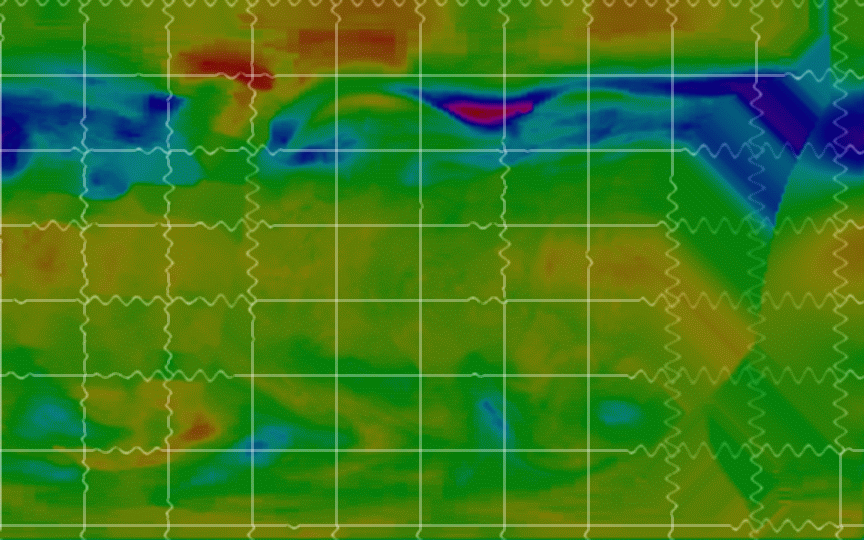
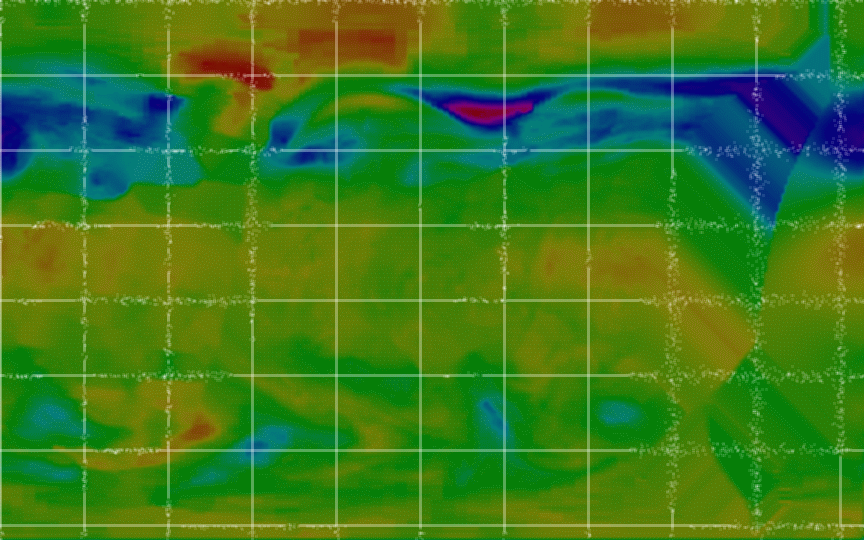
Publications
-
Andrej Cedilnik and Penny Rheingans(2000).
Procedureal Annotation of Uncertain Information.
Proceedings of IEEE Visualization '00, (to appear).
-
David Ebert and Penny Rheingans (2000).
Volume Illustration: Non-Photorealistic Rendering of Volume Models.
Proceedings of IEEE Visualization '00, (to appear).
-
Penny Rheingans and Marie desJardins(2000).
Visualizing High-Dimensional Predictive Model Quality.
Proceedings of IEEE Visualization '00, (to appear).
-
Marie desJardins and Penny Rheingans (2000).
Visualization of High-Dimensional Model Characteristics.
Proceedings of New Paradigms in Information Visualization, ACM
Press, pp. 6-9.
-
David Ebert, Tim McClanahan, Penny Rheingans and Terry Yoo (2000).
Direct Volume Rendering of Photographic Data.
Data Visualization '00, Proceedings of the Joint
Eurographics and IEEE TCVG Symposium on Visualization, pp. 137-146.
-
Penny Rheingans (1999).
Task-based Color Scale Design.
Proceedings of Applied Image and Pattern Recognition '99, SPIE,
pp. 35-43.
-
Penny Rheingans and Shrikant Joshi (1999).
Visualization of Molecules with Positional Uncertainty.
Data Visualization '99, Proceedings of the Joint
Eurographics and IEEE TCVG Symposium on Visualization, Vienna,
Austria, pp. 299-306.
(compressed version)
Educational Materials
The education plan has four basic components: the development and
teaching of courses to comprise a specialty in computer graphics and
visualization, the development and disemination of course materials
for teaching visualization, the development and teaching of core
courses in the undergraduate curriculum, and outreach to attract
underrepresented groups to math, science, and engineering. Benefits
of this plan include incorporation of research activities into
undergraduate courses, collaboration across disciplines and institutions,
innovative evaluation methods for student projects, development of freely
available visualization course materials, and outreach activities to
invole rural middle school girls in science activities.
Available course materials for courses in computer graphics and visualization,
including syllabi, lecture notes, reading lists, examples, and assignments.
Data Visualization
Introductory Computer Graphics
Advanced Image Synthesis
Team members
© 1999


